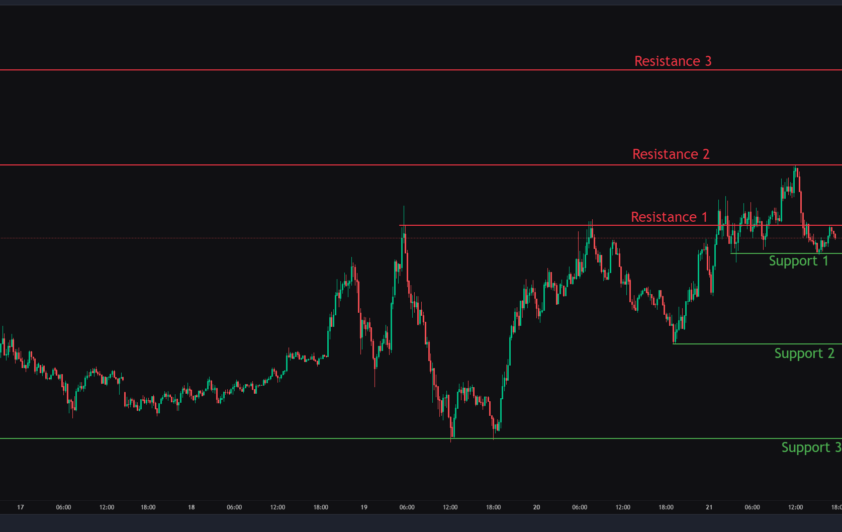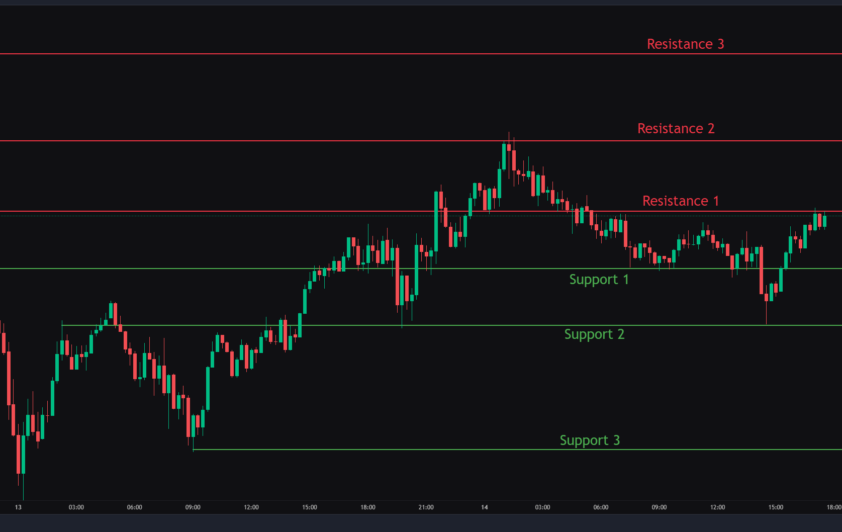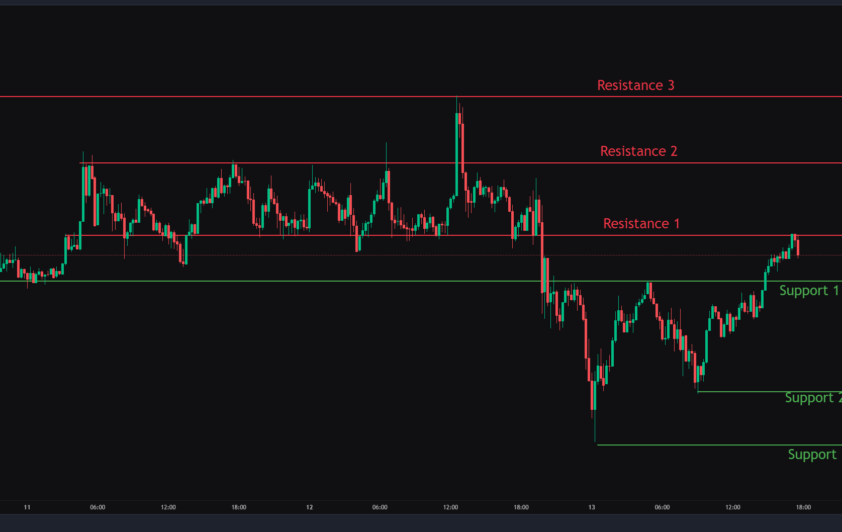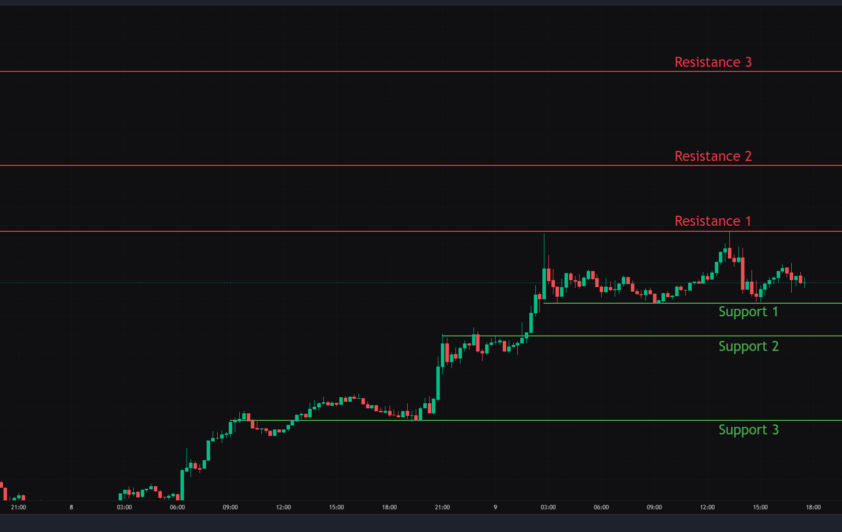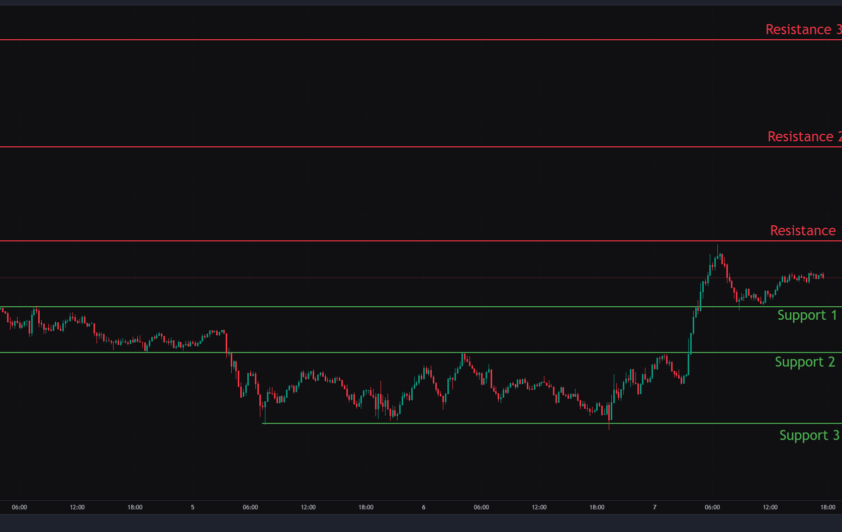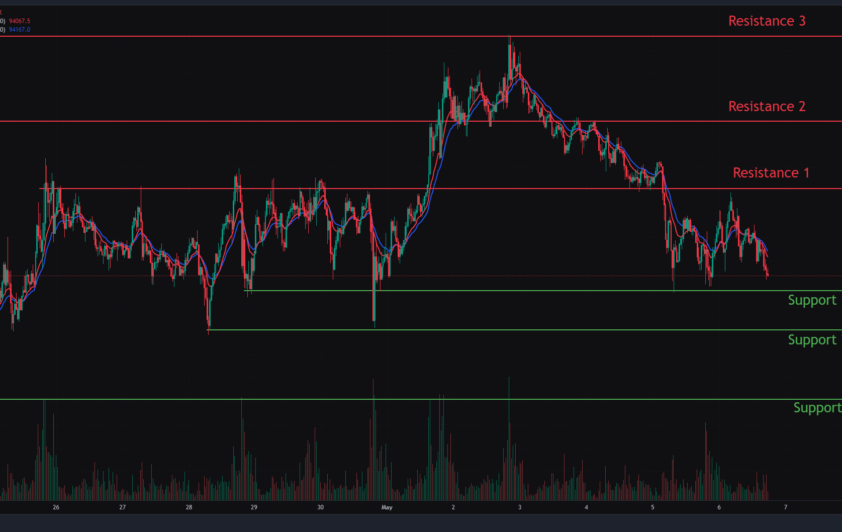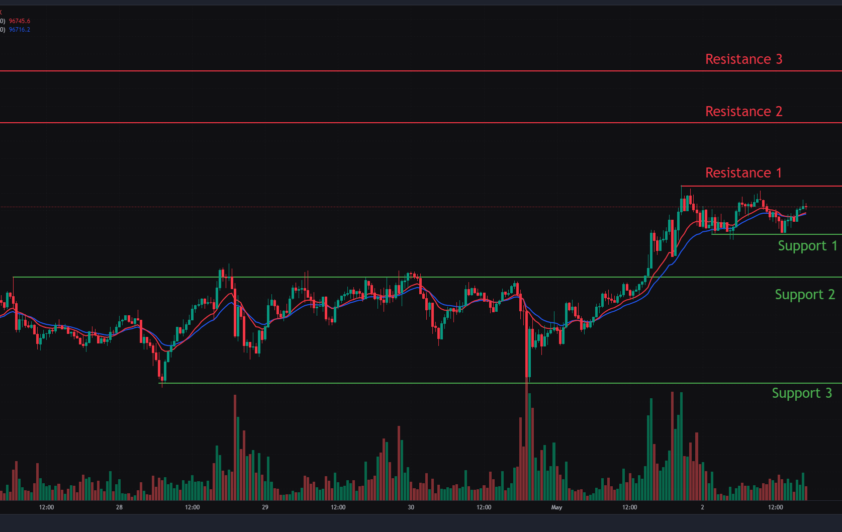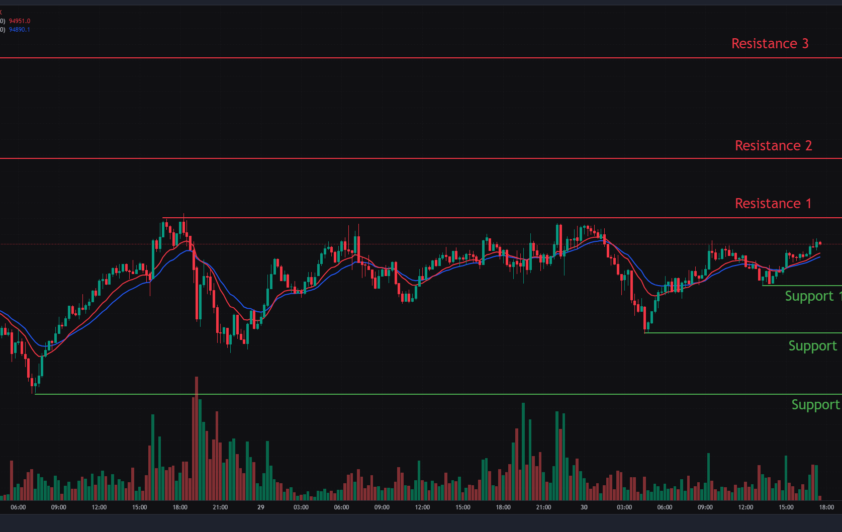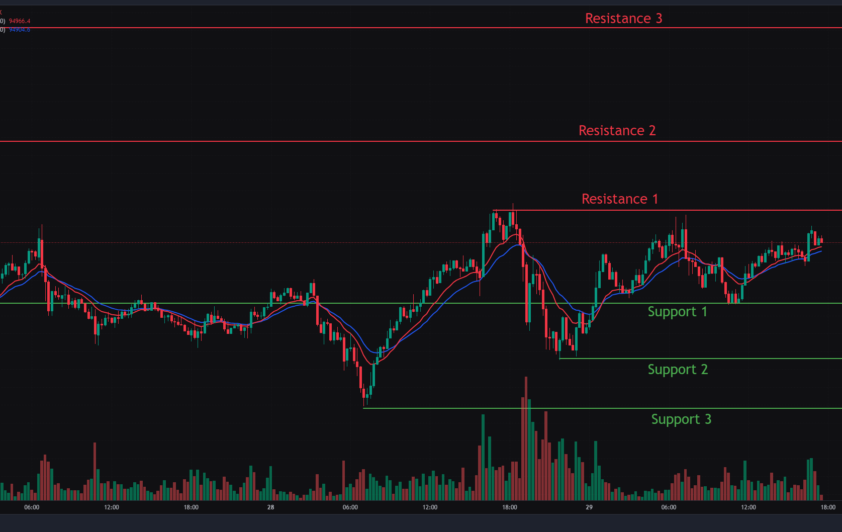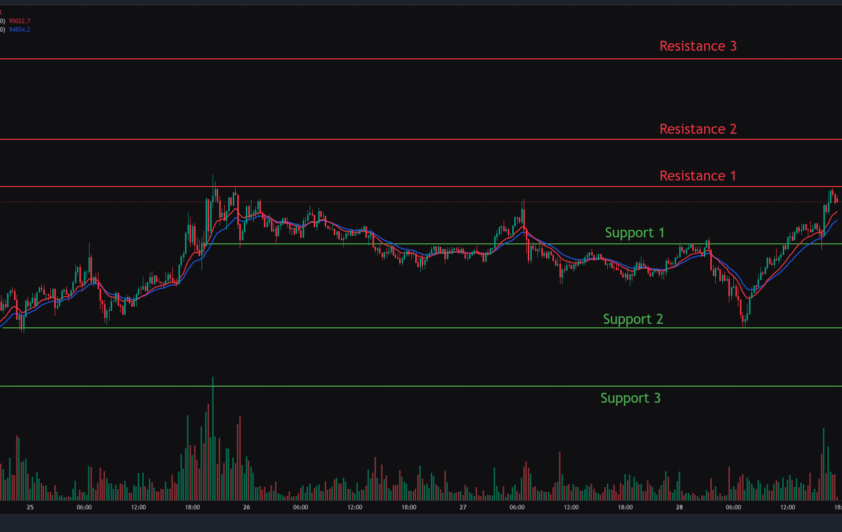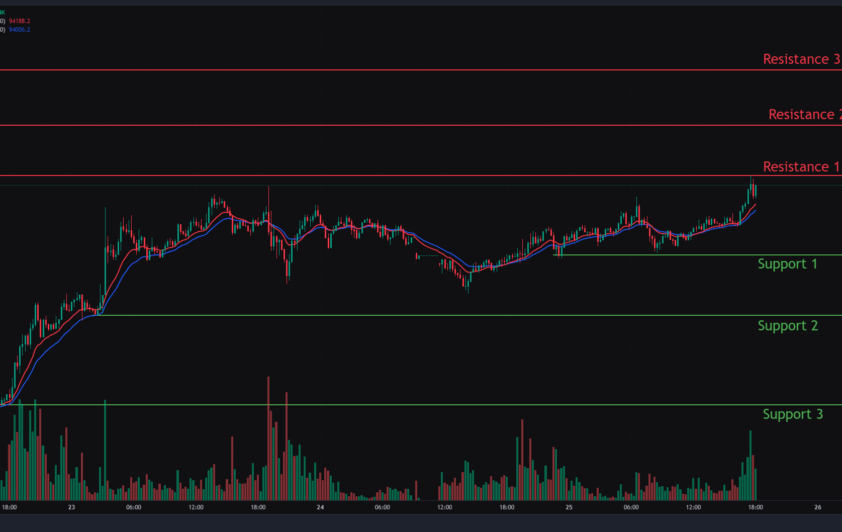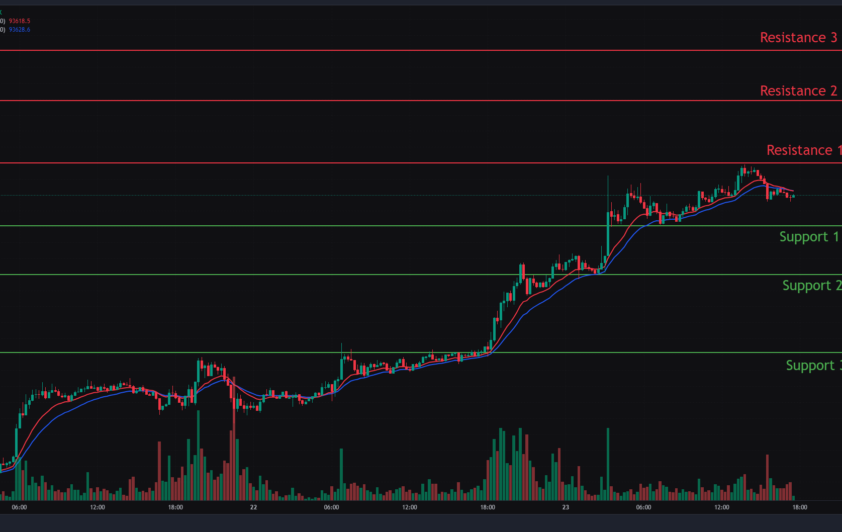Bitcoin, the cryptocurrency, has recently broken out of a two-week consolidation period, which is driving it closer to its all-time high (ATH) level. As bitcoin is currently trading near its ATH level, most altcoins are slightly in the green on a daily trading scale. This strong bull run has left market participants wondering how much higher Bitcoin and other stablecoin prices…
